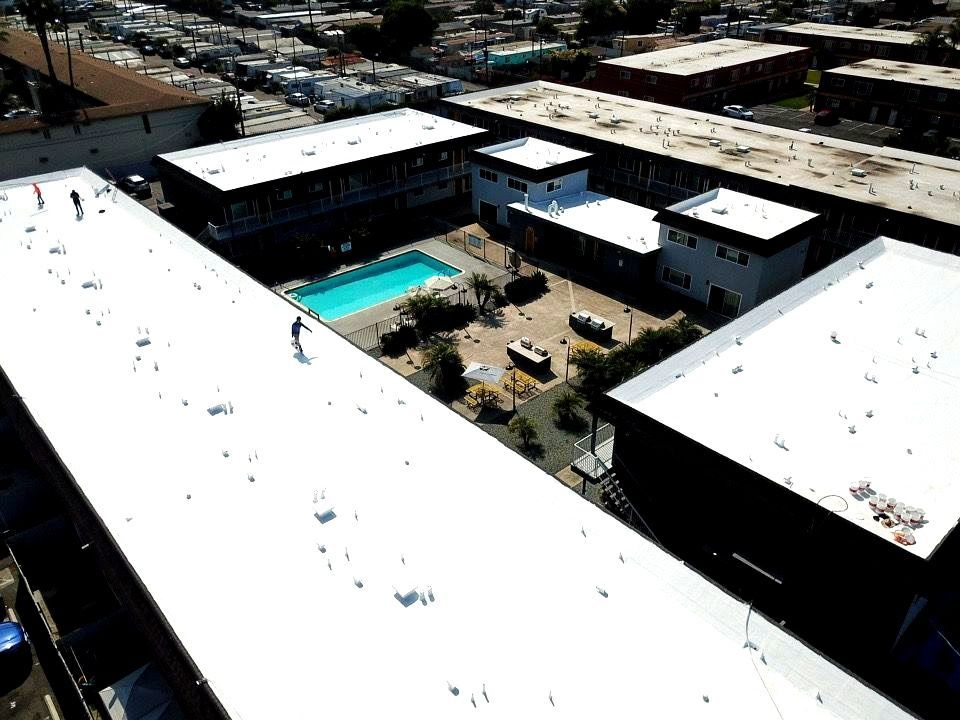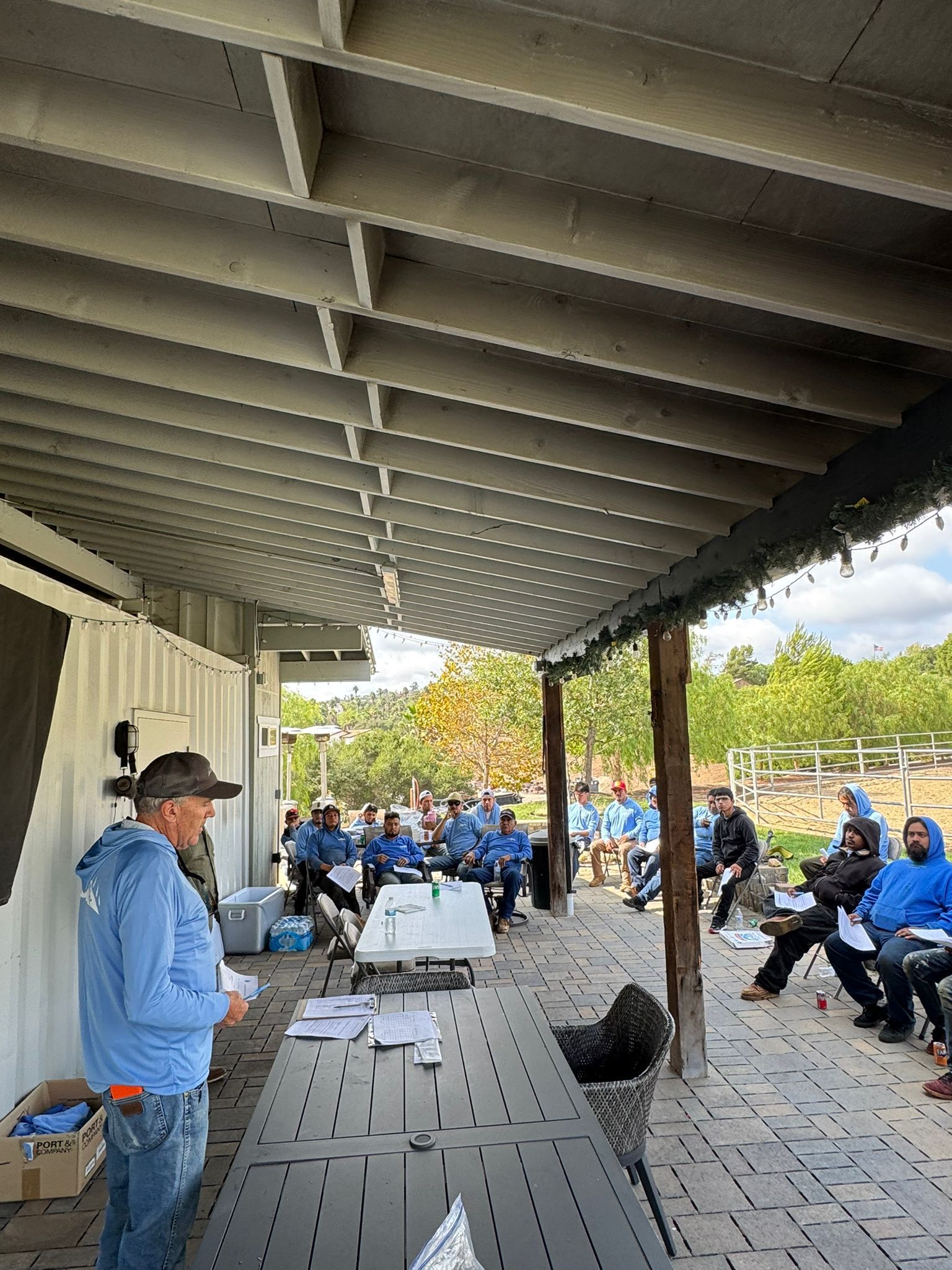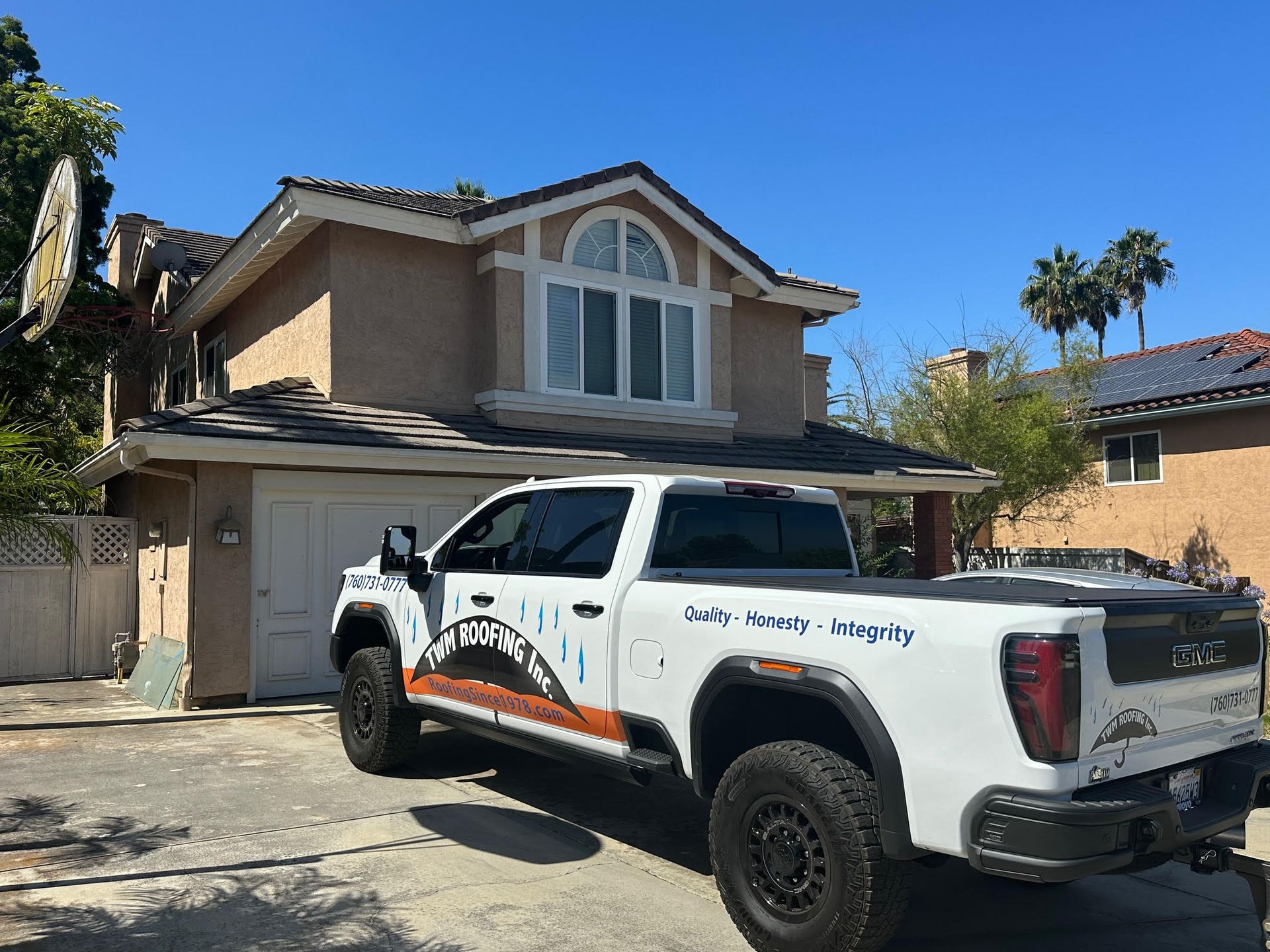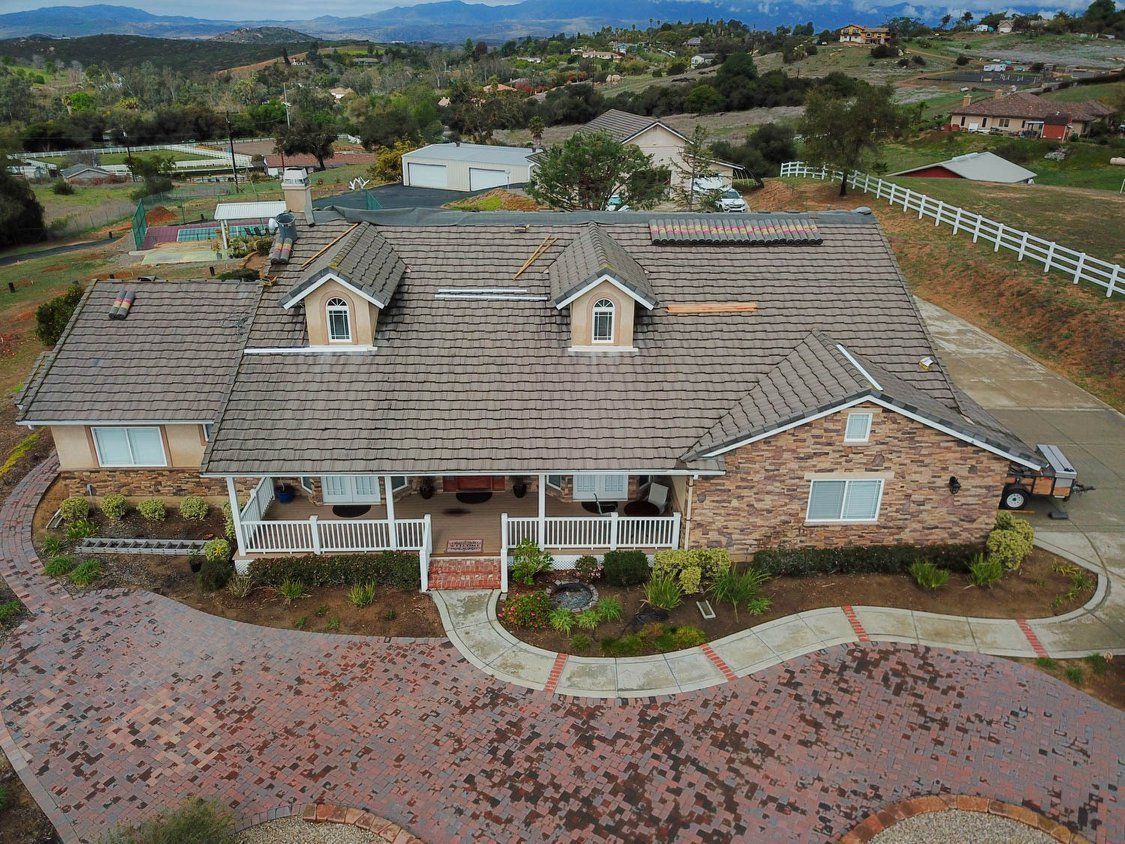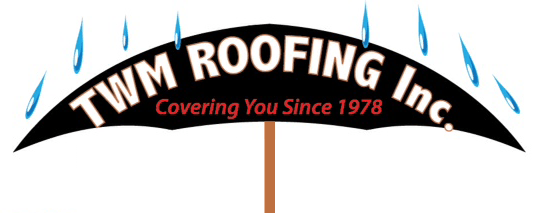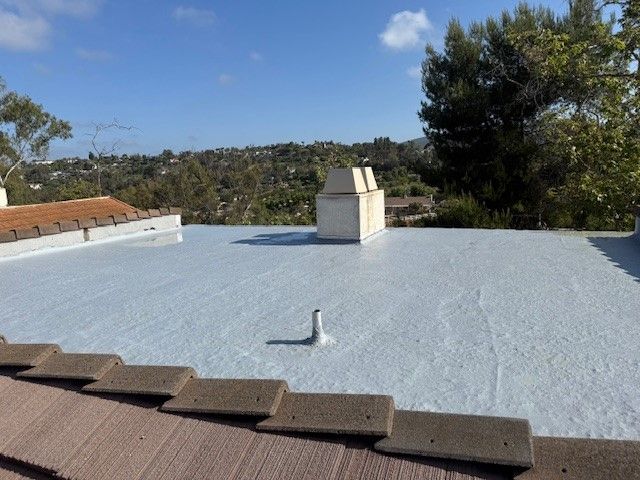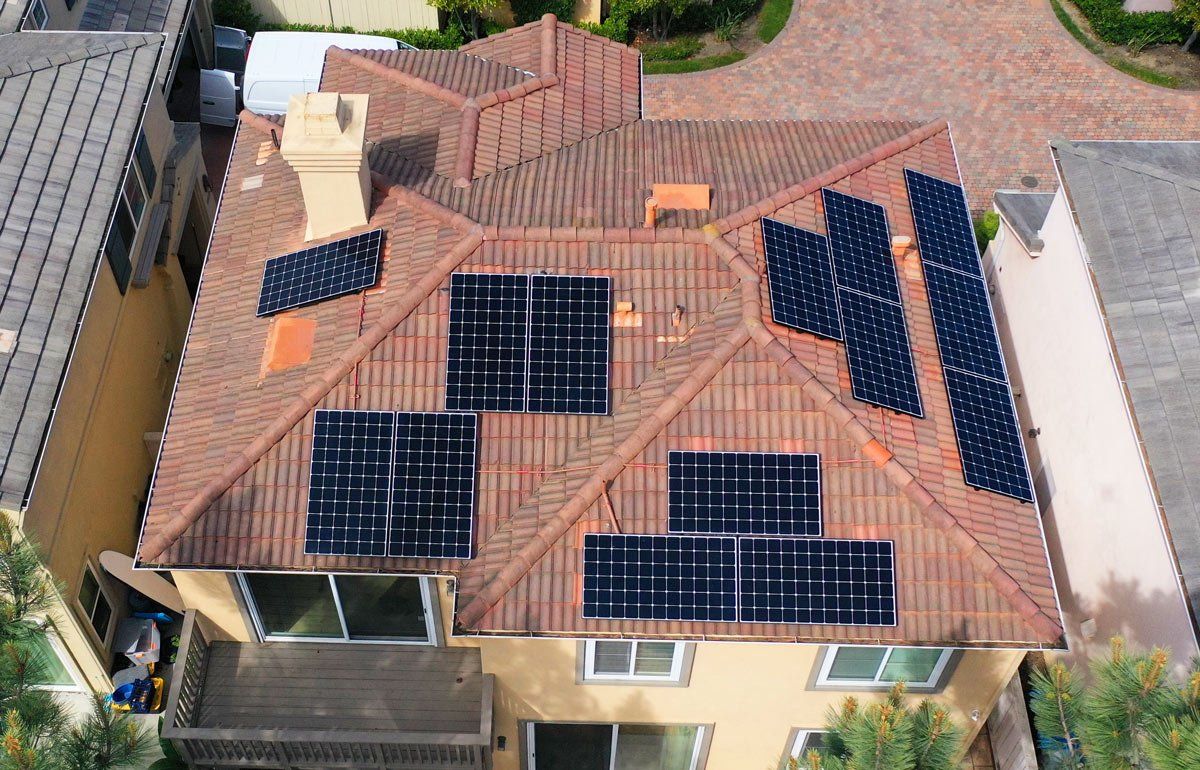How to Protect Your Roof and Home Against Wildfires
Lessons from Wildfires in Southern California
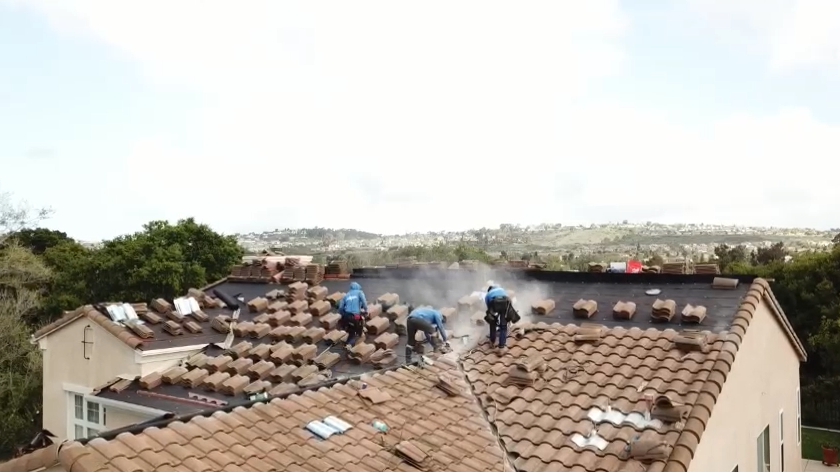
Key Lessons from Past Wildfires
1. Embers Are the Biggest Threat
Research from the National Fire Protection Association (NFPA) shows that most homes are ignited by embers rather than direct flames. Embers, which are small, burning particles carried by the wind, can travel miles ahead of a wildfire and land on a home’s roof, in gutters, or near vents, leading to ignition.
2. Fire-Resistant Materials Can Save Homes
Homes with Class A fire-rated roofs, such as those made from metal, clay tiles, or asphalt shingles, have a higher survival rate in wildfires. Studies have found that homes with non-combustible roofing materials are much less likely to catch fire than those with wood or other flammable materials. TWM Roofing has extensive resources and access to the best non-combustible roofing materials available on the market.
3. Regular Maintenance Reduces Risk
One of the most overlooked fire risks is debris accumulation. Dry leaves, pine needles, and branches that collect in gutters or on the roof serve as fuel for embers. Regular cleaning can prevent these materials from igniting. TWM Roofing can assist you with proper roof maintenance.
4. Proper Ventilation Can Prevent Fire Entry
Fires can spread into homes through attic and roof vents if they are not adequately protected. Ember-resistant vent covers can block burning embers from entering and igniting insulation or wooden beams inside the attic.
How Homeowners Can Protect Their Roofs from Wildfires
1. Upgrade to a Fire-Resistant Roof
One of the most effective ways to protect your home from wildfires is to invest in a fire-resistant roof. Materials with a Class A fire rating offer the highest level of protection, including:
- Metal Roofing: Highly durable, reflects heat, and does not ignite from embers.
- Clay and Concrete Tiles: Fireproof and excellent at resisting heat.
- Slate Roofing: Naturally fire-resistant and extremely durable.
- Class A Fire-Rated Asphalt Shingles: Specially treated to resist fire.
If your current roof is made of wood shingles or another combustible material, consider replacing it with one of these safer options.
2. Keep Your Roof and Gutters Clean
Embers can ignite even small amounts of dried leaves, pine needles, or twigs. Regularly cleaning your roof and gutters reduces the likelihood of ignition. Installing gutter guards can also prevent debris buildup and make maintenance easier.
3. Install Ember-Resistant Vents
Since embers can enter homes through vents, it's essential to upgrade to fine-mesh ember-resistant vent covers. Using ember resistant metal mesh screen can significantly reduce the risk of embers entering the attic and starting a fire inside your home.
4. Trim Trees and Create Defensible Space
Overhanging tree branches and dense vegetation near your home can contribute to fire spread. Maintain at least 10 feet of clearance between trees and your roof. Additionally, creating a defensible space by using non-combustible landscaping materials around your home can act as a barrier against advancing flames.
5. Install Sprinkler Systems and Fire Retardant Technology
Some homeowners invest in rooftop sprinkler systems that can be activated in the event of a wildfire, soaking the roof and reducing the chance of ignition. Additionally, applying fire retardant sprays to vulnerable areas of your home can provide an extra layer of protection.
The Role of Metal Roofs in Fire Prevention
Metal roofs offer some of the best protection against wildfires. Unlike other roof systems, metal roofing does not ignite from embers and is highly resistant to heat. In addition to its Class A fire rating, metal roofing is durable, long-lasting, and energy-efficient.
During the dry summer months and fire season in San Diego, a metal roof can provide homeowners with peace of mind, knowing their home has an extra layer of protection against fire. Additionally, metal roofs reflect sunlight, reducing heat absorption and keeping homes cooler, which helps lower energy costs.
Additional Fire Protection Resources in San Diego
If you live in a wildfire-prone area, take advantage of local resources to help protect your home. Some key programs and organizations include:
- San Diego County Fire Authority: Offers free home wildfire assessments and educational programs on fire safety.
- CAL FIRE – Ready, Set, Go! Program: Provides step-by-step guides for creating defensible space and preparing your home for wildfire season.
- San Diego Gas & Electric (SDG&E) Wildfire Safety Programs: SDG&E offersgrants and rebates for fire-resistant home improvements.
- Fire Safe Council of San Diego County: Works with homeowners to develop community-based fire prevention strategies.
Wildfires are an unfortunate reality in California, but homeowners can take proactive steps to reduce their risk and protect their homes. By upgrading to fire-resistant roofing materials, maintaining a debris-free roof and gutters, installing ember-resistant vent covers, and creating defensible space, homeowners in San Diego can improve their home's resilience against wildfires.
As fire seasons become longer and more intense, preparing your roof and home for potential wildfires is more critical than ever.
Taking action today can make all the difference in protecting your home, your business, your family, and your community and TWM Roofing is here to help you stay safe.
